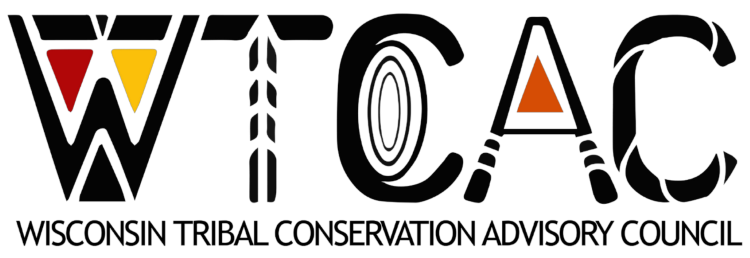Wisconsin Tribes: Leading the way in protecting and restoring wetlands and watersheds
Tribes in Wisconsin are doing vital work to protect and restore wetlands and watersheds. The Wisconsin Tribal Conservation Advisory Council, Wisconsin Wetlands Association, and USDA-Natural Resources Conservation Service have partnered with Tribes to raise awareness of this important work by producing short videos highlighting these stories.
In celebration of American Wetlands Month in May, the partners have released four new videos featuring the wetland and watershed conservation work being done by the Bad River and Red Cliff Bands of the Lake Superior Tribe of Chippewa Indians in Northern Wisconsin.
The long-term landscape approach Tribes like the Bad River and Red Cliff take to protect and manage their water resources improves water quality, alleviates flooding, and provides habitat. “We must remember to take care of what we have here, to always be mindful that it is something that will sustain us in the long run,” according to Edith Leoso, retired Tribal Historic Preservation Officer for the Mashkiiziibii Natural Resources Department.
Caring for wetlands and watersheds also helps to sustain their culture and way of life. The healthier natural environment provides opportunities for their people to hunt, fish, and gather what nature has provided and establishes relationships that will build a stronger community today and for future generations. “Tribes depend on the land to provide us with the gifts that the Creator created for us,” says Mark Duffy, Chief Conservation Officer with the Red Cliff Band of Lake Superior Chippewa and Red Cliff Tribal Member. “Without these gifts, we wouldn’t be who we are, so we protect these lands.”
Generating and distributing video content is raising the visibility of the important work of Tribes and promoting examples of good wetland conservation in Wisconsin. The videos also help decision-makers and land managers understand how wetlands function and how they can care for them. Finally, telling these stories encourages broad-based understanding of wetlands and watersheds among the public. Earlier videos in this series featured the work of the Oneida Nation in Northeast Wisconsin.
These videos were produced in partnership by the Wisconsin Wetlands Association, Wisconsin Tribal Conservation Advisory Council, USDA-Natural Resources Conservation Service, Mashkiiziibii Natural Resources Department, Red Cliff Treaty Natural Resources Division, Bad River Band of Lake Superior Tribe of Chippewa Indians, an Red Cliff Band of Lake Superior Tribe of Chippewa Indians. Additional financial support was provided by the Brookby Foundation, Forest County Potawatomi Foundation, Great Lakes Restoration Initiative (Bureau of Indian Affairs), and the Natural Resources Foundation of Wisconsin.

